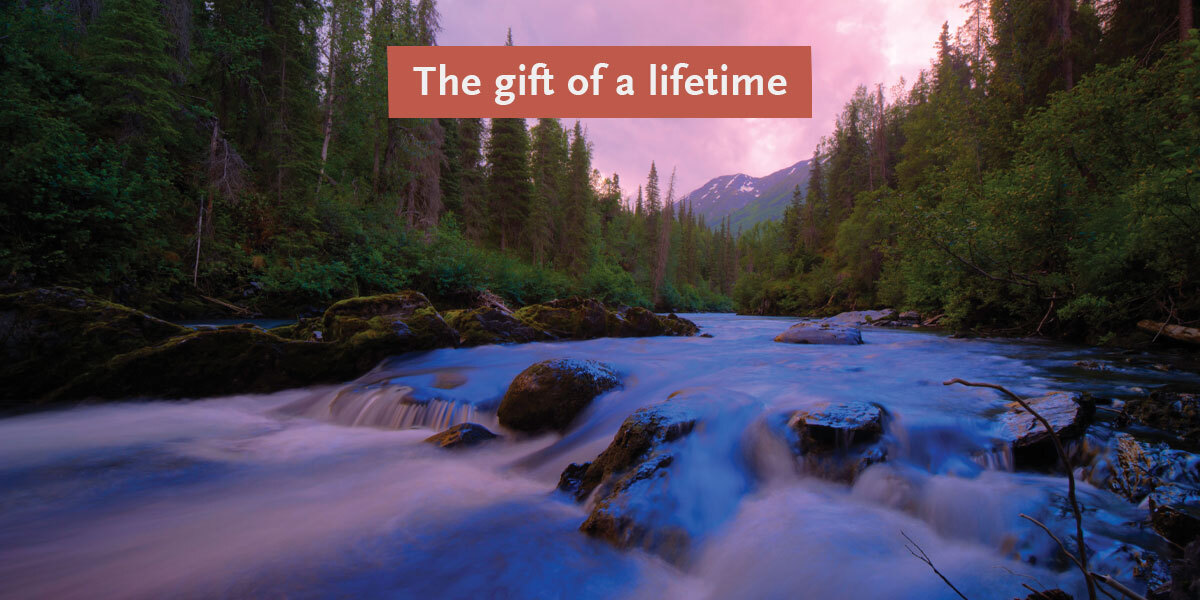Proposed forested buffers are a modest, but inadequate step to protect streams from warming.
The Oregon Department of Forestry is holding a series of hearings to gather public comments on proposed stream protection rules. The rules, which have been eight years in the making, modestly increase restrictions on logging near some streams on some of Oregon’s private forest land in Western Oregon.
Upcoming hearings in northwest Oregon:
November 16: 4pm – 7pm, Clatsop Community College, Astoria
December 7: 4:30pm – 7:30pm, Forest Grove Community Auditorium, Forest Grove
December 15: 4pm – 7pm, Ecotrust, Billy Frank Conference Room, Portland
The Oregon Board of Forestry ordered the adoption of new streamside buffer rules in November 2015. Department of Forestry staff, advised by a stakeholder work group, has now developed the draft rules.
The purpose of the new rules is to prevent streams from warming up when streamside shade trees are logged. The rules provide more protection within 60 feet of small and 80 feet of medium salmon, steelhead and bull trout streams.
In total, the rule would affect less than 0.5% of private forestland in the region, according to a state analysis.
Fishing and conservation groups criticized the rules for leaving critical feeder streams largely unprotected and for exempting much of the Rogue River watershed.
Mary Scurlock of the Oregon Stream Protection Coalition said, “Wide stream buffers that keep harmful logging away from streams are critical to protecting cold water, especially as the climate continues to warm. This rule is a step in the right direction, but it falls far short what’s needed and what has been implemented in California and Washington State.”
Adequate stream buffers on private timberland are essential to sustainable salmon runs. Healthy standing forests along streams not only shade and cool water, they also supply downed trees to streams. These logs create jams and then deep pools, where juvenile and adult fish can ride out heat waves and escape predators. Heavy logging on private timberlands starves streams and salmon of cold water refuges.
The federal government cited logging practices as a major reason it declared Oregon out of compliance with clean water rules on the Oregon Coast. Federal scientists have also said improved logging practices are a major factor in recovering endangered Oregon Coast coho salmon populations.
Science presented by the Oregon Department of Forestry clearly indicated that buffers need to be between 90 and 120 feet wide to have a high chance of preventing coldwater streams from heating up more than allowed by pollution rules. Federal scientists objected to the smaller buffers now being proposed and called for extending the stronger buffers a substantial distance upstream from salmon-bearing reaches.
Bob Van Dyk of the Wild Salmon Center supported approval of the new rule, but called on the Board to move quickly to address issues in the Rogue River watershed, most of which was exempted by the new rule. “The fishing community was deeply disappointed by the Board’s decision to leave the Applegate River and most of the Rogue River out of the new rule. They need to act quickly to ensure these iconic salmon streams aren’t warmed by cutting trees too close to the water.”
Oregon continues to see record heat during summer months, and ocean habitat conditions are unstable, making cold water refuges that much more critical for anadromous fish species.
These new forest rules will become effective July 1st, 2017 unless public comments received by March 1st convince the Board to improve them.
Contact:
Chris Smith, 505.795.2895, chris.smith.505@gmail.com
Oakley Brooks, 503.307.3927, obrooks@www.wildsalmoncenter.org




